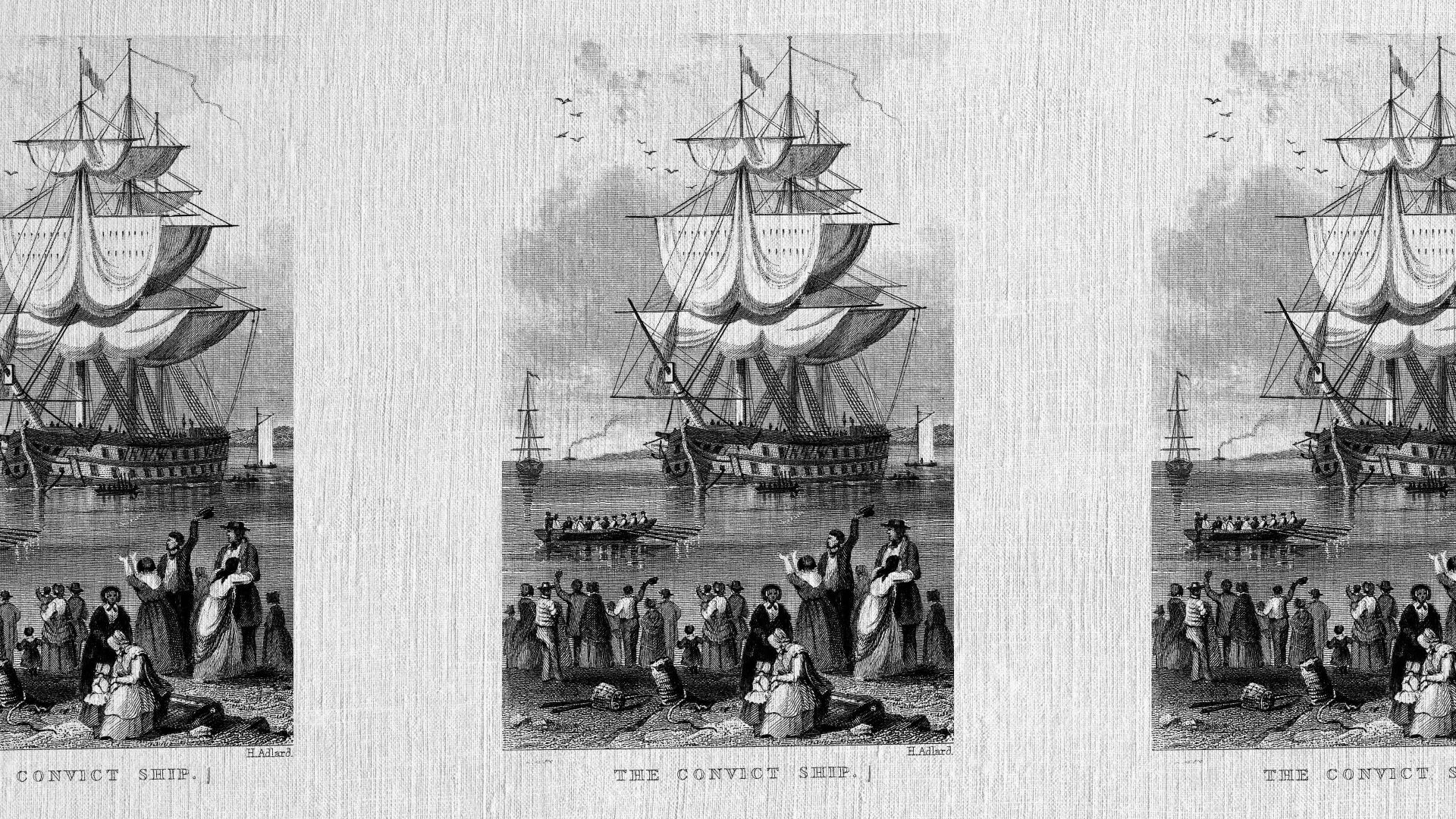At this time of another Ashes cricket series between two anglophone nations from different sides of the world, it is interesting to remember that for its first 5,000 years and more, the language which became English remained firmly geographically anchored in the northern hemisphere.
The first expansion of English as a native language into the southern hemisphere did not take place until the 17th century, and then only in a modest way. In 1659, English arrived on the remote island of St Helena, about 15° south of the equator in the South Atlantic Ocean, 1,100 nautical miles from the coast of Angola, and 1,300 nautical miles from the coast of Brazil. Today it is a British colony with a population of 6,000.
There was no further movement of the English language across the equator for over 100 years. Then, the 1780s saw another very significant English-language expansion which penetrated as far across the equator as 34°S.
A certain amount of exploration of northern Australia had been carried out by Dutch, Spanish and English seafarers in the 1600s. But then in 1770, the Englishman Captain James Cook explored and mapped the whole of the east coast, naming it “New South Wales” and claiming it for Britain.
The southward expansion of the English language itself was then brought about soon afterwards as a result of events elsewhere. Not all the 17th and 18th-century English-speaking arrivals on the east coast of America had arrived of their own free will. Between 1615 and 1700, 2,500 English convicts were transported to the American colonies; and then during the 1700s at least another 50,000 British convicts arrived, in spite of opposition from the American colonists themselves. About half of the criminals were sent to Virginia, but Maryland and Georgia also became favoured destinations. Many of the convicts were transported for a fixed period, but were often unable to return home after their sentences were over because they could not pay for the transatlantic crossing back to Britain.
It was not just a coincidence that the British New South Wales penal colony was founded during the reign of King George III in 1788, soon after the conclusion of the 1775-1783 American War of Independence had deprived the British government of the use of its American colonies as a destination for the transportation of convicted criminals; and they now therefore embarked instead on a programme of sending convicts to the far-away coast which had been charted by Captain Cook.
The “First Fleet” of 11 convict and accompanying vessels arrived in the area of what is now Sydney from Portsmouth, England, on January 20, 1788, after a voyage of over eight months. The sailing fleet transported 537 male convicts, 180 female convicts, 191 male guards, 19 male officers, and about 100 officers’ wives and children to the Australian east coast.
This voyage from the south coast of England to the east coast of Australia was by far the longest single journey the English language had ever undertaken during its centuries-long expansion. From London to Sydney, via the Cape of Good Hope, was a sea voyage of more than 13,000 nautical miles. It marked the beginnings of the anglophone nation-state of Australia, and of the eventual extermination of most of the several hundred indigenous Australian languages which were spoken there at that time.
Napoleon
As is well known, the island of St Helena, which is only about 10 miles by 6 miles square (16 x 10 km) in area, was the place where the defeated Napoleon Bonaparte was confined from 1815 after the Battle of Waterloo until his death, aged 51, in 1821.




